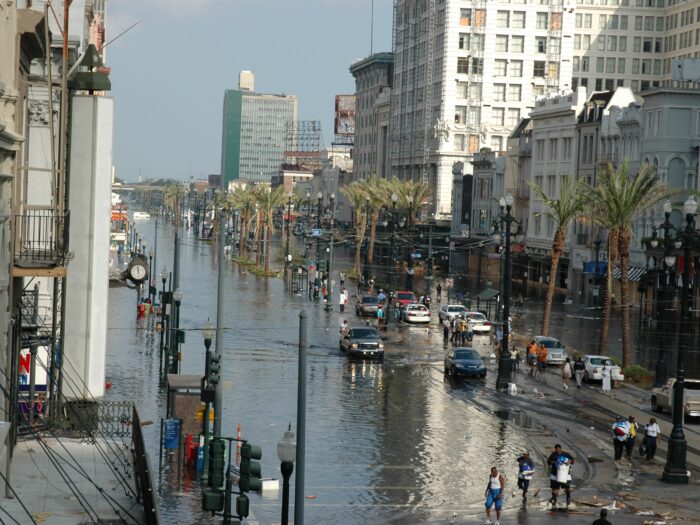Hurricane Risk Escalates Along Gulf Coast Two Decades After Katrina

Hurricane hazards are intensifying as the Gulf of Mexico continues to warm, creating more favorable conditions for rapid storm intensification. The unique geography of the Gulf basin means any storm that develops or moves into these waters is almost assured to make landfall, the report noted.
Atlantic tropical cyclone activity, including the proportion reaching major hurricane status, has increased since 1995. While the exceptionally active 2004 and 2005 seasons that produced seven major U.S. hurricane landfalls in 15 months remain outliers, the long-term trend points toward greater storm frequency and intensity.
Exposure continues climbing as coastal property values soar, according to the analysis. Despite New Orleans’ population remaining 13% below pre-Katrina levels, home values in Orleans Parish have surged 75% above 2005 levels. Meanwhile, coastal Mississippi counties are experiencing population and development growth that outpaces the rest of the state, particularly in beachfront areas outside traditional surge zones.
The region’s vulnerability profile presents a complex picture of progress and persistent gaps, Munich Re said. Louisiana emerged as a leader in hurricane resilience after adopting the 2006 International Residential Code following Katrina and Rita. The state now ranks among the top five hurricane-prone states for resilient construction, with newer homes significantly more wind-resistant.
Mississippi’s approach, though, has been far less comprehensive. While the state strengthened building codes for five coastal counties immediately after Katrina, it didn’t pass a statewide wind code until 2014 – and that law allows counties and communities to opt out, the report said. This patchwork approach has limited overall effectiveness, leaving Mississippi among the most vulnerable states to tropical cyclone wind impacts, Munich Re noted.
Storm surge vulnerability remains the most challenging risk to address. Along Mississippi’s beachfront, hundreds of empty lots mark where homes once stood, highlighting the difficulty of rebuilding in surge-prone areas. Many reconstructed homes were rebuilt at the same elevation since the National Flood Insurance Program doesn’t require elevation for properties with less than 50% damage, according to the report.
Infrastructure Gains Face Long-Term Erosion
New Orleans’ $15 billion Great New Orleans Hurricane & Storm Damage Risk Reduction System, completed in 2018, represents a massive investment in flood defense infrastructure designed to protect against 100-year flood events. However, the system’s effectiveness is already declining due to factors beyond human control, the assessment found.
Local relative sea level has risen 2.5 to 3.5 inches since the system was designed for 2011 conditions, making it less effective against major flood events today. Continued sea level rise and land subsidence will further undermine the system’s protective capacity over time, the report noted. Uneven subsidence rates along some levees are creating additional structural strain that could threaten system integrity without ongoing repairs.
While significant investments have been made in hurricane preparedness and resilience since 2005, the fundamental risk equation continues tilting toward greater exposure, according to Munich Re.
View the full report here. &










